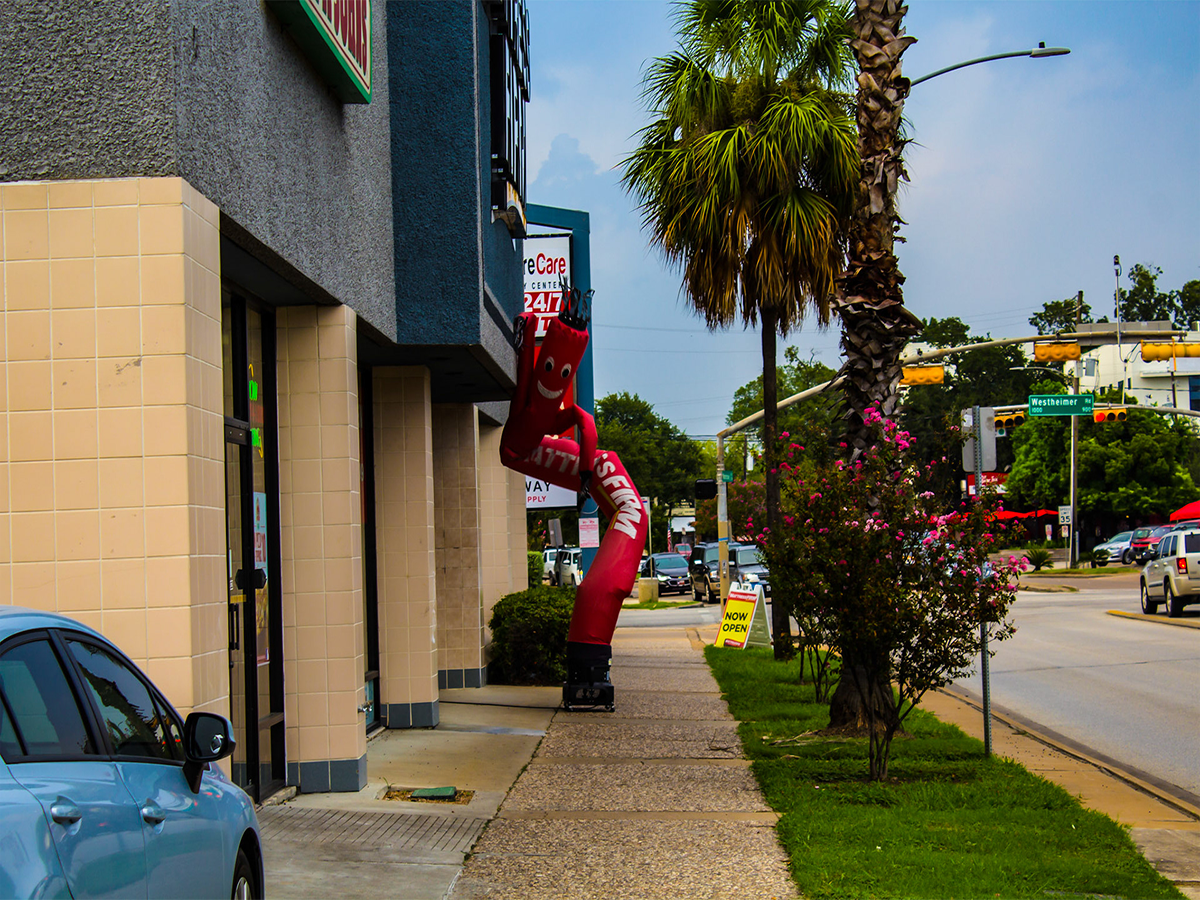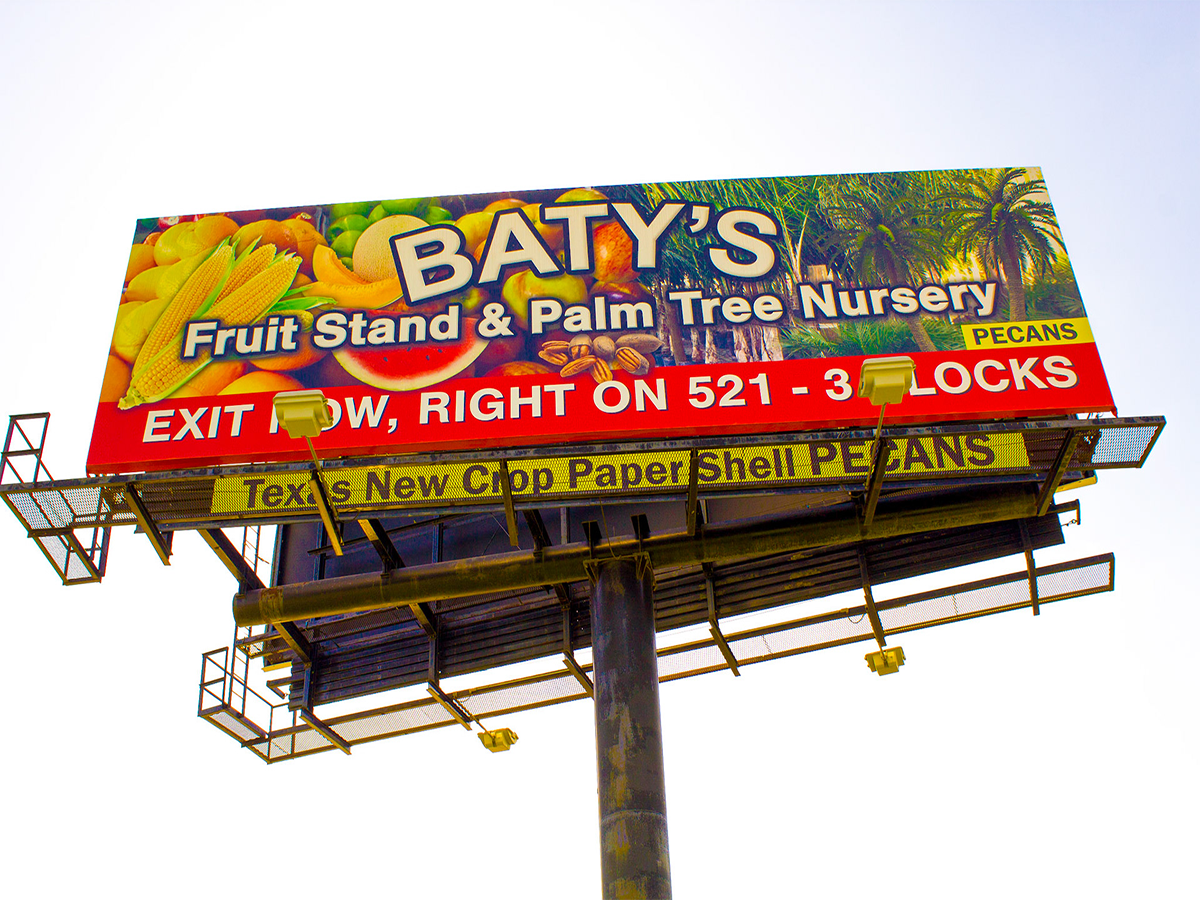It’s difficult for a small business owner to know which advertising medium to choose. I knew a friend who owned a sporting goods store. He sold sports equipment and sporting attire. He believed radio was the only way to advertise for his business. He thought since all his sports buddies listened to 104.1 his audience would definitely hear the ads. Radio is expensive and like newspaper and magazines, the advertisements are costly per impression.
Other than his stubborn gut feeling there was no real way to guarantee the right audience would be exposed to the message. There was no way to track the progress. There was no call to action or any engaging experience involved. Instead what my friend received was a shady salesman. Said salesman had an abundance of commercial spots and in-house broadcast to offload. This resulted in radio ads being distributed to an older audience who had little interest in playing sports or buying custom ball caps. Suffice to say his sporting goods business did not survive. The convenience of online shopping was changing the market too fast. Without the right advertising medium, he never stood a chance. I like to imagine sometimes what would have happened if he invested in a strong e-commerce website and ran targeted social media ads to the younger generation he needed. Maybe a few outdoor advertisements close to the areas of interest. Instead, he burned through the company’s entire advertising budget and never recovered.
While the methods of advertising have changed over the years, OOH advertising still proves extremely effective. Billboards reach more people per dollar than any other medium, but are limited to one picture and a few words. Out of Home advertising focuses on marketing to audiences in public places, in transit, waiting in traffic or commercial locations such as retail outlets. OOH advertising formats fall into four main categories billboards, street furniture, transit, and alternative. The OOH advertising industry in the USA includes more than 2,100 operators in 50 states representing the major out of home format categories. These OOH media companies range from public, multinational media corporations to small, independent family owned businesses. In the forever changing media landscape, innovation dominates and challenges the current outdated methods of advertising. With the internet shaping the way people communicate with each other, advertising and marketing are establishing countermeasures to survive. Emerging technologies combined with a need for more economical and sustainable methods are driving creativity. The deforestation of natural resources to build large wooden billboards is destructive. And the toxic bi-products produced from ink treated printable materials and plastic signs is wasteful and unnecessary.
“The U.S. Small Business Administration recommends spending 7 to 8 percent of your gross revenue for marketing and advertising if you’re doing less than $5 million a year in sales and your net profit margin — after all expenses — is in the 10 percent to 12 percent range.” SBA

Clients are often baffled when we ask them to differentiate advertising from marketing. They assume both terms mean the same, but that is incorrect. Advertising is a subset of marketing. Both are essential techniques used by companies to increase sales. Knowing the difference and possessing accurate market research will put a company on the path to substantial growth.
Advertising campaigns are important components to a business’s marketing plan. An advertising campaign focuses on the creative positioning and media through which a product or service is sold. Advertising is done when promoting a product or service or providing important information or public announcement. It creates awareness among people for various products. It aides in helping people easily identify what to eat, wear, or buy. By contrast, marketing presents the overall picture for how the company will distribute, promote and price its products or services. One of the ways that promotion will take place is through an advertising campaign. Marketing plans should also include public relations, sales, distribution strategies, and promotions.

Is all this necessary for you to increase sales and stay ahead of your competition? Yes, you most definitely have to evolve in business. Smart companies are already using technology to their advantage. It’s not a matter of should you invest in smart ads, it’s how long do you have until your competitors start using them? Deep learning and algorithms are examples of companies using technology to their advantage. ‘
There are now elite attorney firms using the power of artificial intelligence to predict which clients to represent based on their success rates. Imagine that for a minute. The savvy lawyers who represent clients suing big business now have a computer program that decides which clients will produce the most lucrative win for the firm boasting their reputation. How would your company benefit from smart advertising? Messaging and imagery that changes in real time. Ads that tell you who engaged with them, connected with them, and entertained them, to the point of buying and telling their friends how cool you are. The better question is what would your company do with all the collected data?
Enter the solution:
The new advertising framework is simple. Smart Ads that are interactive, personalized with direct buying options. That’s right the ultimate process. Of course what we’re talking about is too disruptive and must happen slowly so not to cause more damage than good. Which is why Green Drone’s ultimate advertising drones are the first step in making this effective medium a reality. As time goes on others will evolve their methods. Examples here (Smart Billboards, Interactive Kiosks, etc) until then the market is open and in need of solutions. CMO’s and Business owners have a tough time already with marketing. Advertising should be straightforward. Data-driven advertising provides consumers with options they want. With the rise in anti-ad tech and subscription based services blocking online ads, it’s not looking good for the old style of thinking.
In competitive industries, companies should spend around 8 percent of their total revenue on advertising to maintain their current position. Companies looking to grow their market share should budget around 13 percent of total revenue. The advertising mediums the company and marketing department use will make all the difference. Below is a breakdown of current advertising mediums and future predictions. It’s not a matter of convincing for the sake of agendas. On the contrary, it’s more about informing marketers what we’ve created and plan to use. Lowering advertising spend and increasing effectiveness will have a profound effect on every business model.

